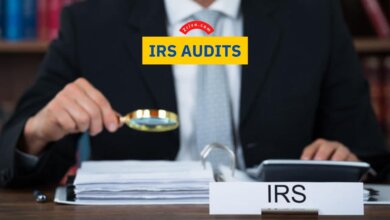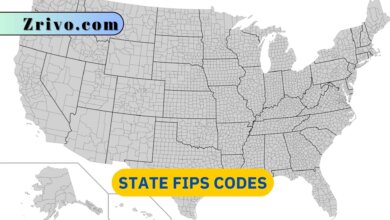What is a Qualified Opportunity Fund?
The 2017 Tax Cuts and Jobs Act introduced the Qualified Opportunity Fund program, which provides a potential capital gains tax incentive for investors to invest in economically distressed communities.

Qualified Opportunity Funds offer investors a way to defer and potentially reduce recognized capital gains, but only if the investments are held for at least 10 years. Qualified Opportunity Funds can be established as either a corporation or a partnership. They must have at least 90% of its assets in qualified opportunity zone property. The fund can also own other qualified opportunity zone property, including stock, bonds, and debt instruments. It can also hold a direct investment in a Qualified Opportunity Zone business or in tangible property owned or acquired by the business and placed into the Qualified Opportunity Zone.

How to Make An Investment in a QOF?
Investors will need to file Form 8949 after making an investment in a Qualified Opportunity Fund. This form reconciles the amount of short- and long-term capital gains reported on the taxpayer’s IRS Forms 1099-B and 1099-S with the investor’s adjusted basis in the Qualified Opportunity Fund interest. Investors should consult a tax advisor before committing funds to an Opportunity Fund.
Tax benefits for investors in Opportunity Zone Funds depend on the state in which the Fund and Opportunity Zone property are located and a variety of other factors, including whether the state has adopted the federal law on apportioned tax treatment for gain from the sale of real estate. Currently, Connecticut is one of several states that has not adopted the federal law on apportioned gain, and investors in Opportunity Funds located in this state will have to separately evaluate the state tax considerations for their investments.
The federal law provides an incentive to invest in Opportunity Funds that invest in projects located in Opportunity Zones, but it also requires the Fund to meet specific requirements regarding its structure and operation. For example, the QOF must be an entity that files either a partnership or corporation federal income tax return and must be organized to invest in QOZ property. It must also be a “qualified opportunity fund”—holding at least 90% of its assets in QOZ property.
Qualified Opportunity Funds can be difficult to administer, especially if they involve multiple states. This is because state apportionment rules may require taxpayers to recognize their capital gains in one state while deferring them in another. This can create a mismatch between the federal and state tax treatment of Opportunity Funds, and it may require investors to keep separate schedules for tracking their investments.





